Ori and the Blind Forest looks great, but plays even better
"I hope people don't see it as this artsy-fartsy game that tries to make you sad."
One look at the trailer for Microsoft's upcoming Metroidvania adventure Ori and the Blind Forest and it's easy to be blown away by its Studio Ghibli inspired visuals. It's also just as easy to be a little dubious, thinking it's a knee-jerk reaction to the Redmond giant's less than stellar reputation with indie developers after Sony made such a fuss about them last year. "We can do pretty, quirky indie games too!" it seemed to say. It may surprise you to learn that Ori has actually been in development for four years at Moon Studios, while Microsoft picked it up three years ago.
Ori's glorious aesthetic is certainly striking, but it's not the reason Microsoft Studios signed it back in the day. In fact, the graphics were nothing but bare-bones placeholder art at the time. So what sold it to the Redmond-based giant, you ask? Simple: the controls.
At a private media briefing at E3 this year, publishing producer at Microsoft Dan Smith raves about Ori's level of precision when it comes to its movements. "It just felt so superb!" the producer tells me when I ask how this publishing deal went down. "You'll notice that hardly any platforms in the game are flat and as you traverse across these terrains you'll see Ori change and shift along with it."
Smith says this was something a lot of platformers were attempting hot off the heels of Super Meat Boy and Limbo garnishing critical acclaim on XBLA, but few succeeded. But it wasn't just the smooth movement and characterful animations that made Ori stand out. It was the level of design detail that really impressed Smith and his cohorts at Microsoft. "There was a special care and thoughtfulness around the puzzle design," he says. "We were just like 'this is pretty special. It feels really good.'"
This meant a lot to Moon founder, Thomas Mahler, an ex-cinematics director at Blizzard who's something of an aficionado when it comes to retro platformers. "I was always a super big fan of Super Mario Bros 3. To me, that was like perfect platforming," he states. "Then Super Meat Boy came out and that was the first time in 15, 20 years where it's like 'Oh my god! Somebody did something to the controls that was really good.' It was the first time where I was like 'This could be better in terms of controls than Mario!'"
"We wanted to push that forward and do something. After two-to-three weeks we felt like we had something even better than that," Mahler reflects. "A very core goal for us was actually to make the game feel better than it looks. We're completely dedicated to making this completely pixel-perfect platforming."
Mahler notes that he used to study traditional sculpture and the lessons he learned there applied to his current role as a game developer. "You don't work on detail until the base is made up," he says before noting that Moon spent 18 months just polishing the gameplay before the visuals started to come together. "I hope people don't see it as this artsy-fartsy game that tries to make you sad. We spent four years on the game really trying to polish everything and perfect it and hone in on what the kind of design that made Miyamoto games so good."
Having played the half-hour demo of Ori it seems like the developer achieved its goal in this regard. Simply manipulating Ori as the forest sprite bounds across the screen just feels good to play. Movement is quick, sprightly, and buttery smooth with animations to match. While its overall design is relatively conservative, there are some neat little touches to the formula that give it an extra forward-thinking spark.
My favourite addition is something called a Soul Link. Fill up an energy meter and you can cast one of these links which quick-saves your game and plants a tiny flowery shrine where you can level up your abilities. These are like a mix between Resident Evil's typewriter ribbons and Dark Souls' bonfires, and there's a smart balancing act that goes into casting these. You see, your energy can be used in other offensive ways as well, so deciding when to cash in a safety net is in and of itself a tactical decision.
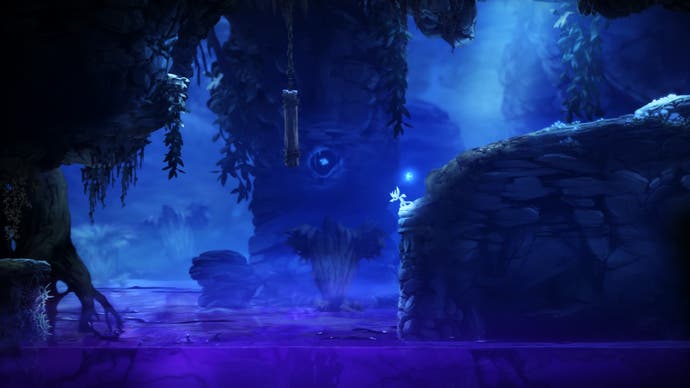
Once you enter a Soul Link you can upgrade your character through three skill trees. One is focused on combat and its first upgrade turns your projectile-based attack into a three-hit combo, another influences your traversal skills, while the final branch is dedicated to the Soul Links themselves. For example, one allows you to quicksave without using energy every time you run past an already planted Soul Link.
While Moon doesn't want Ori to be thought of as overly "artsy-fartsy" Mahler does take a lot of pride in the game's narrative elements. He says the studio was inspired by The Lion King and The Iron Giant with their expressive character art effortlessly creating deep emotional bonds. "It's an allegory with these fantastic creatures. We want to tell a human story," he says of this magical adventure about a forest sprite hoping to restore light to this derelict forest and rescue their friend.
And while Ori's stupendous visuals can be gleaned from a trailer, Smith is adamant that there's a lot more to the art than one can take away from a promotional video. "You see this tree in the background and this mushroom and this rock? That's the one and only place you'll ever see those assets," he says before noting that the 8-10 hour adventure will contain unique assets in nearly every locale. "There's no tiling whatsoever." No wonder it took four years to make.
One of Mahler's biggest points of pride is that Ori will contain no loading screens whatsoever. "I really f****** hate loading times," the studio lead laughs. "Games have become really clever about hiding the fact that there's loading times, like by letting you play a character in them. But that's still s***. In an optimal world you want to make sure that there is no loading. Loading completely takes the immersion away."
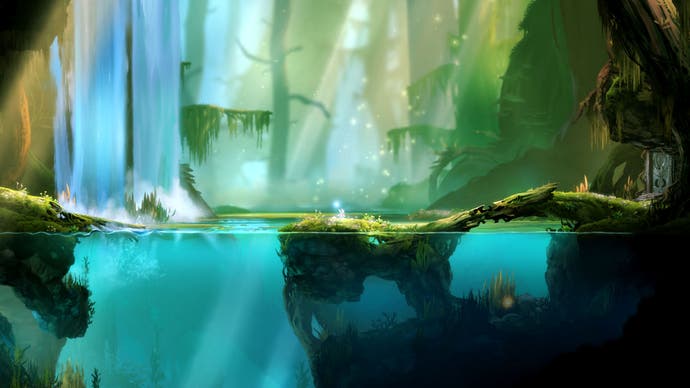
If you're curious what specific part of the world conceived of Ori's breathtaking art, the answer isn't as cut and dry as you may expect as Moon doesn't have a physical office. Instead, the indie studio is comprised of people in Sweden, Vienna, Israel, Germany, Australia, the US, and more. In fact, some of Moon's team members had never met in person until Ori's recent reveal at E3.
"This is probably the biggest example of an agile studio working and making this actually happen in a very successful way," Smith says. "There's always somebody awake working on the game."
Mahler says he was initially worried that the various time zones and lack of close proximity would hinder production, but he actually found it resulted in better work - probably because he made some smart hires. "The reason I wanted to do that was because I've been working in the industry for 10 years now and I always went through these heartbreaking moments where it's like 'There's this one person who'd be awesome for this job,' but then you approach the person and they're like 'Sorry guys, I can't do it. I can't relocate. I have my child in school' and so on," the studio founder laments.
"That really sucks because then you need to get a person who might not be the right person. So when I approached Microsoft, I told them 'Hey guys, I have this really cool team, but we're spread all across the world.' Then we got this surprising e-mail where they told us, 'We don't care. As long as you show us progress, that's fine.' That's how we basically founded Moon Studios."
Ori and the Blind Forest already looks spectacular in motion, but its real surprise is just how consistently it all comes together. The demo is early in the game, so the puzzles have yet to challenge my mind, but the tutorial sections show promise. Best of all, it feels like a labour of love from people who really get what made Super Metroid and Mario so special back in the day. If the whole game lives up to its opening, Ori could join Rayman and Super Meat Boy as one of the 2D platformer's seminal modern mascots.



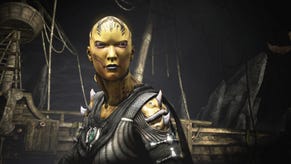
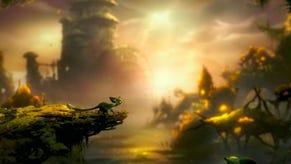
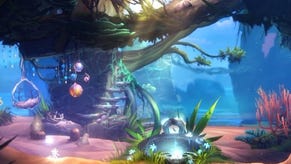


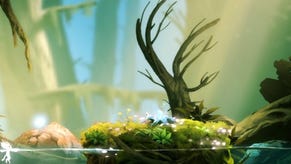
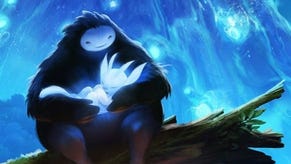


.png?width=291&height=164&fit=crop&quality=80&format=jpg&auto=webp)




.jpg?width=291&height=164&fit=crop&quality=80&format=jpg&auto=webp)
